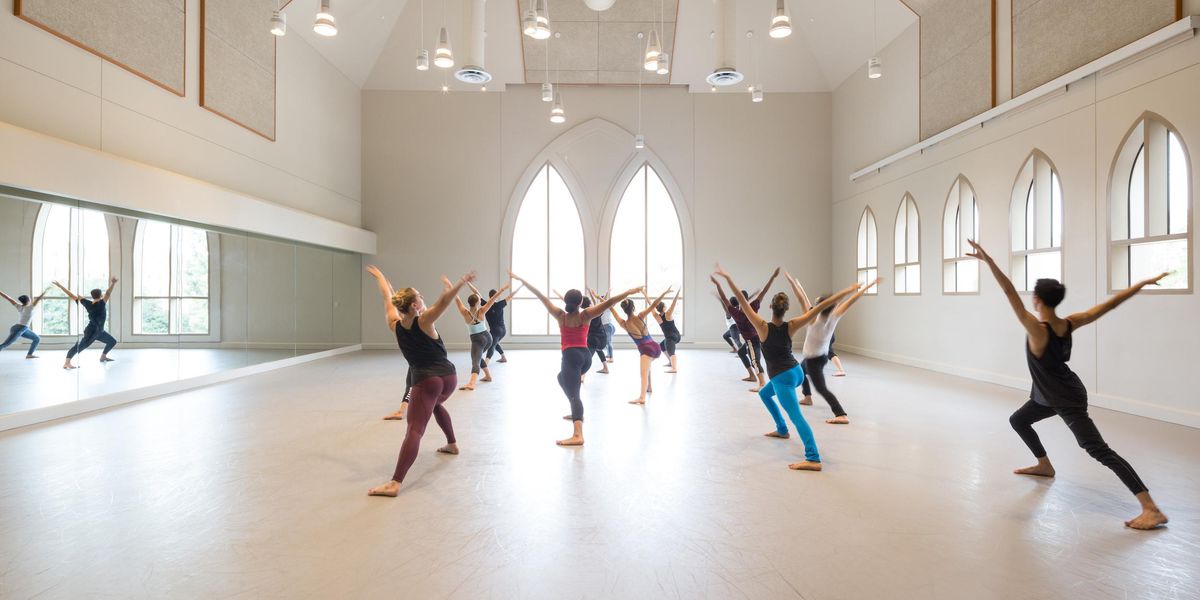Russian Ballet Celebrates 275 (!!!) Years
We don’t get to celebrate 275 years of anything in this country. But in Russia, I was honored to attend the Gala Concert of the 275th anniversary of the Vaganova Ballet Academy. This esteemed institution, some say the foundation of all ballet today, celebrated current students, graduates, foreign students, and the history of the storied Academy. A fitting end to the evening came via fireworks rising and exploding just outside the Alexandrinsky Theatre as we were leaving the theater. Saint Petersburg really knows how to celebrate!
Vaganova students in a Nacho Duato piece at their graduation in May. Photo courtesy Vaganova.
Quick history lesson
In czarist times the school was called the Imperial Ballet Academy, and in Soviet times the Leningrad State Choreographic School. In 1957, when it became clear that Agrippina Vaganova had taken the strands of French (Petipa), Danish (Bournonville), and Italian (Cecchetti) training and braided them into a single harmonious technique, the school was renamed in her honor.
Vaganova stars through the years
The training has produced iconic Russian stars from Pavlova and Karsavina, to Ulanova and Balanchine, and on up through Nureyev, Makarova, and Baryshnikov. More recent grads include Vishneva and Lopatkina, who are now the leading lights of the Academy’s affiliated company, the Mariinsky (Kirov) Ballet.
But Vaganova graduates have spread beyond Saint Petersburg too. Svetlana Zakharova and Yevgenia Obraztsova are current stars at the Bolshoi. Irina Kolpakova is ballet mistress at ABT, where Veronika Part is one of the principals. Makhar Vaziev, formerly head of the Mariinsky Ballet, now directs La Scala Ballet in Milan. And Mikhail Baryshnikov, still performing, founded an arts center in NYC. And of course, Balanchine, class of 1921, started the School of American Ballet in New York, modeled after his alma mater.
Surviving the Revolution
Given that ballet was a favorite entertainment for the czars, and that the Bolsheviks tried to destroy everything related to czarist culture during the 1917 Russian Revolution, it’s amazing that the Academy survived. If you want to find out how Balanchine struggled in that tumultuous period as a student there, read Elizabeth Kendall’s excellent new book, Balanchine and the Lost Muse. (After reading this book, I hinted at the deep influence his fellow students had on the teenage Balanchivadze in my blog post on his ballet Serenade.)
Galina Bashlovkina teaching third-year girls in 2011. Photo courtesy Vaganova.
The Gala Concert
Fast forward to 2013. Acknowledging the two-way foreign influences, the Academy mixed current students with international students, dancers, and guest stars. Three from the Royal Danish Ballet performed a trio by Bournonville; two from The Royal Ballet performed Ashton; a group from the Palucca Schule in Dresden came with a modern dance work. Other choreographers represented were Petipa, Lacotte, Neumeier, and Duato.
Guest artists included the Mariinsky Ballet star Uliana Lopatkina, who moved like a cloud through a Roland Petit duet; and Mariinsky soloist Elena Yevseyeva, who threw herself into the dashes and tosses of Messerer’s Spring Waters with finesse.
But the most delightful portion of the Gala Concert was the children themselves—92 of them! They performed among giant cut-outs of some of the famous alumni (like Pavlova, Karsavina, Nijinsky). One teacher at the Academy, Ilia Larionov, organized delightful scenes in which the children scampered around, telling each other about the school’s history. (A child’s taped voice: “Petipa was the first to put children into his choreography.”) At one point, a small girl kept jumping up to try to reach the tall microphone, blurting out, “I want to be a ballerina, I want so much to be a ballerina.” For them to share the stage with the likes of Lopatkina and Yevseyeva must have been as inspiring as when Georges Balanchivadze played a cupid in his first Sleeping Beauty.
Undated photo of
Altynai Asylmuratova in Swan Lake, courtesy Vaganova.
The Teaching
As I wrote last year about the school, the director, Altynai Asylmuratova (who was an impossibly exquisite dancer in her day), feels a responsibility to pass on her knowledge. That is true of all the teachers, whether they be harsh and demanding or sweet and encouraging. I watched a class taught to the visiting performers by Lyudmila Kovaleva, who had been superstar Diana Vishneva’s teacher. A sprightly, feisty little thing of 75, Kovaleva projected an equal sense of discipline and humor. In between very precise steps, she rolled down her back to subliminally suggest that the students could give themselves a break in a body-conscious way. In port de bras, she insisted on thrusting the chest open and out, always aware of the audiences in the nosebleed seats.
Kovaleva teaching class to foreign visitors who performed in the gala.
And so, after my four days in the White Nights of St. Petersburg, I am thankful to the Vaganova Academy for inviting me to witness this moment in history.




